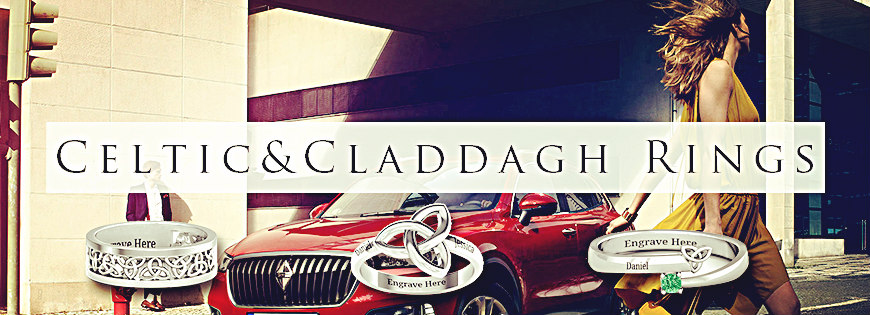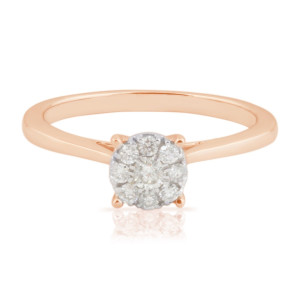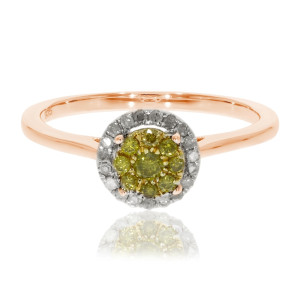Diamond prices are not only affected by the shape type (i.e. pear, marquise, round, etc.), they're also affected by the attractiveness of the chosen shape. For example, an unsymmetrical or a long and skinny marquise diamond can't command the same price as a well-shaped marquise.
The following diagrams show desirable shape outlines of five basic shapes. A knowledge of the ideal round shape is assumed.
If you are buying a diamond for your own personal pleasure, its shape doesn't matter, as long as you like it. However, if you're buying your diamond mainly as an investment, you'd be wise to select a shape conforming to industry ideals. Such shapes are often sold at premium prices and might be hard to find.
You may be wondering why all diamonds are not cut to industry standards since they would be worth more. It's because too much of the original diamond rough would be lost if it were always cut away to form standard diamond shapes. So if the diamond rough is elongated, one can expect the cutter to fashion an elongated diamond. Buyers have different tastes, too, and many of them prefer non-traditional shapes, particularly if they can buy them at a lower price per carat.
 |
|
Figure 1 - Diagrams courtesy of the Gemological Institute of America.

|
|
Figure 2 - If you cut the diamond in this figure in half, the shape of the two parts would not be equal. Even though many people like free forms, symmetrical stones usually are more valued.
|
 |
|
Figure 3 - Note the width of this pear shape. There is nothing intrinsically wrong with this stone. In fact, it could flatter a long, slender hand. The jewelry industry, however, places a greater value on a pear with a more traditional shape.
|
 |
|
Figure 4 - This diamond is long and skinny. Even though it is priced less than a more traditional pear-shape stone, it could be very flattering on someone with a broad hand.
|
 |
|
Figure 5 - A long, skinny marquise.
|
 |
| Figure 6 - This diamond looks more like a shield than a pear-shape. Some people prefer this shape, so this is best for them. But normally, stones having another shape than intended should cost a little less. |
| |


















































